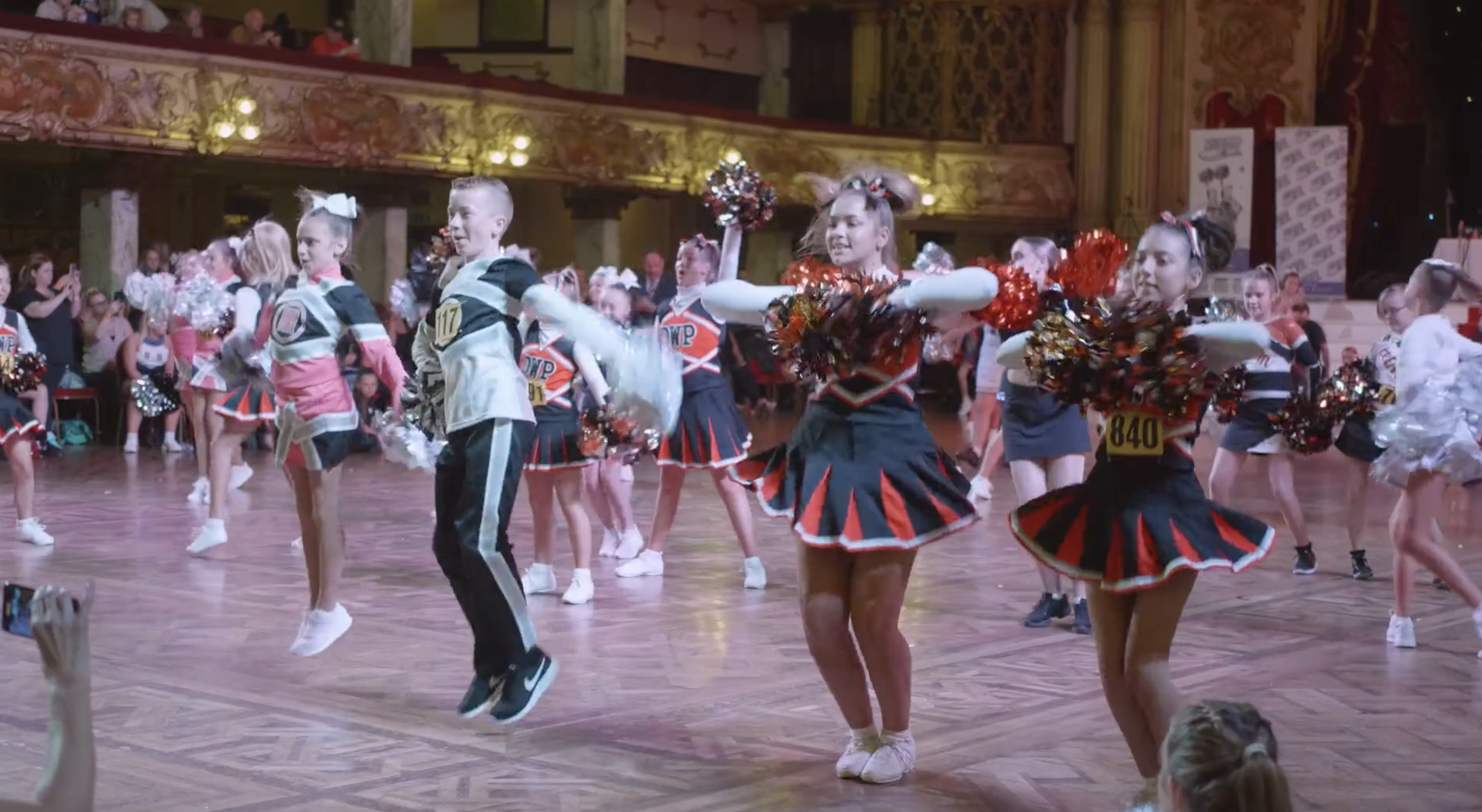
Set Routine Solos
SET ROUTINE SOLO events are based on five pre-choreographed routines set to specific music, each designed for a different skill level.
Level 1 – Newcomers
Level 2 – Beginners
Level 3 – Intermediate
Level 4 – Advanced
Level 5 – Elite
SET ROUTINE SOLO choreography is available to view in the Teachers’ Section of the website.
Competitors must enter the SET ROUTINE SOLO level most suited to their current ability. Teachers are encouraged to guide students towards progression through the levels over time.
If entering more than one SET ROUTINE SOLO, the routines must be at consecutive levels (e.g., Levels 1 & 2, Levels 2 & 3, Levels 3 & 4, Levels 4 & 5).
Skipping levels is not permitted (e.g., entering Levels 1 & 3).
Please refer to the individual competition sheets for details on how many events each competitor may enter.
All SET ROUTINE SOLO events can be entered by mainstream competitors of any age or parent competitors.
Age categories for each SET ROUTINE SOLO event are determined after all entries have been received. In most cases, competitors will be placed in:
- Individual age categories (e.g. 12 years) or
- Combined age categories (e.g.12 & 13 years).
Age category information will be published approximately one week before the competition.
Competitors must enter the correct age category, and proof of age should be available if requested.
Each event is adjudicated by an expert panel of independent dance professionals.
A qualified scrutineer uses the skating system to analyse the adjudicators’ marks. From the preliminary rounds, six dancers are normally selected for the final round, where they are placed in order of merit. Occasionally, 5, 7, or 8 finalists may be seen, which can occur due to the scoring system.
All finalists receive a trophy at the prize presentation.
First names and dance schools of finalists will be announced during the prize presentation and published on the website after the competition. Teachers are asked to inform the event organiser if they have any safeguarding concerns regarding this publication.
Choreography:
Dancers should perform the routine as closely as possible to the demonstration video.
- Minor differences in interpretation are acceptable.
- No obvious changes should be made (e.g., extra spins, jumps, or substitutions).
- Adjudicators will take adherence to the choreography into account during judging.
Introduction:
Dancers may include a few motions of their own choice during the music introduction.
Natural rhythmical responses:
Dancers may incorporate small natural movements (e.g., knee bounces, hip bumps) where appropriate within the routine.
Finding a space:
When entering the dance floor, competitors should choose a suitable space away from other competitors. Competitors are encouraged to avoid overcrowding the front area and instead find a spot that allows sufficient space to perform the routine and gives adjudicators a clear, unobstructed view.
Staying within your space:
Competitors are expected to remain within their chosen space throughout the routine, unless the choreography specifically requires movement across the floor.
Respect and courtesy:
Competitors must show respect and courtesy to fellow competitors and floor staff at all times.
Adjudication:
Adjudicators will take dance floor etiquette into account during judging.
Qualified dance teachers may enter SET ROUTINE SOLO events, subject to the following restrictions:
Age up to and including 29 years:
* May enter Level 4 or 5
* Must compete alongside mainstream competitors (not in the parents’ category)
Age 30 years and over:
* May enter Level 3, 4, or 5
May choose to compete alongside mainstream competitors or parents
Additional Needs categories are offered for SET ROUTINE SOLO Levels 1, 2 & 3.
The Additional Needs category is available to competitors with a mental health, physical or learning disability. To be eligible to compete in this section, dancers must be in receipt of an EHCP (Educational Health & Care Plan) and/or attend a SEN school.
All ages and abilities from beginners to established competitive dancers are welcome at Cheerdance UK competitions. Cheerdance UK brings together the knowledge, skills and experience needed to create an affordable form of competitive dancing, whilst maintaining excellent competition standards. We believe that Cheerdance UK is great for everyone! With positive feedback not only from competitors but also from teachers suggesting that involvement in Cheerdance UK competitions has had a positive impact on their own business growth.
